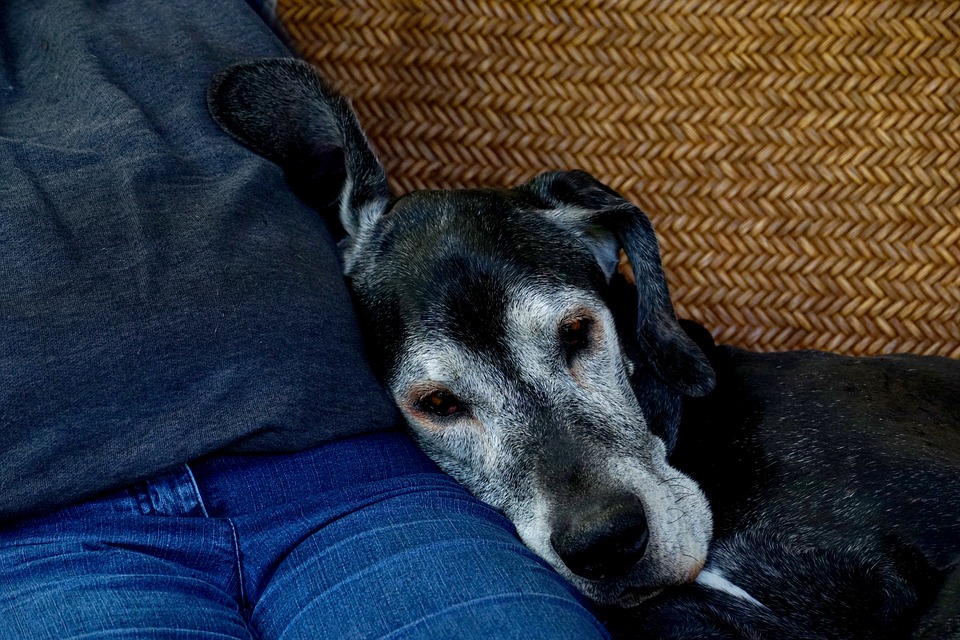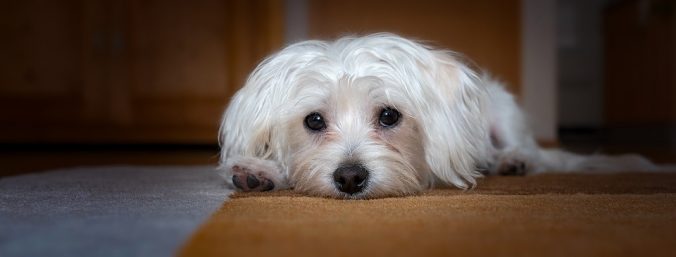Mange is a serious and common illness among pets. In cats, there is the notoedric mange, which is also known as feline scabies. In dogs, there are three known types: the demodectic mange, the cheyletiella mange, and worst of all, the sarcoptic mange.
Demodectic mange occurs in puppies (three to 12 months old) and it is caused by Demodex canis, a species of mite. Mites are tiny creatures with four pairs of legs, similar to spiders. It results to thinning of hair around the eyes and mouth of the dog. The skin also becomes sore, crusty, and oozing.
Cheyletialla mange is more popularly known as “walking dandruff”. It is caused by a large reddish mite and can result to mild itching and dandruff in the dog’s head, neck, and back. It is highly contagious, thus, if one of the dogs in the house has it, it is likely that all the other dogs may have it. Fortunately, this illness does not last long.
Sarcoptic mange is also known as scabies and it is caused by microscopic mite. It results to intense itching because the female mites burrow underneath the skin to lay eggs. This is why dogs with scabies bite themselves fiercely. With infection, oozing sores will appear on the skin. This type of mange may be transmitted to humans. Luckily, the microscopic mites do not survive long on human skin. To treat scabies at its early stages, the pet owner must look out for signs such as crusty ear tips and hair loss on the ears, elbows, face, and legs. If not treated soon, the hair loss can spread throughout the body.
The usual medication is called ivermectin, which is administered in two doses and in two weeks apart. But some pet owners would just coat their pets with petroleum oil. This may be dangerous and horrifying to the pets. Other pet owners use commercial medicated dog shampoos, in which one of the major ingredients is Madre de cacao extract.
Madre de cacao, Gliricidia sepium, has been known to be effective against mange, and it can also be used to remove fleas, and ticks. It is called gamal in Indonesia, cocoite in Central America, quick stick in Jamaica, and kakawati in the Philippines. It is a fast-growing tree that may reach a height of up to 15 meters. It can survive well in most types of soil, volcanic, sandy, stony, or heavy clay.

Farmers involved in animal husbandry use Madre de cacao to make medicine, rodenticide (against rats and other vermin), and insecticide. Due to the tight structure of the trees when growing together, Madre de cacao is popularly used as living fences and for the control of erosion. Aside from these, the tree is a source of fuel, fodder, and green manure.




